Closing out the month of January is the "Grandi Langhe 2024" event, organized by the Consortium for the Protection of Barolo Barbaresco Alba Langhe and Dogliani, and the Roero Protection Consortium. In its eighth edition, the event dedicated two days to the wine production of one of the most renowned areas in Piedmont, hosted at the Officine Grandi Riparazioni (OGR) in Turin. While the third talk titled "Changes: The Identity and Value of the Community" was underway, we took the opportunity to visit the Fucine Hall where 300 wineries gathered, presenting new vintages and bottles of Langhe and Roero denominations. Here is a small selection of tastings and impressions.
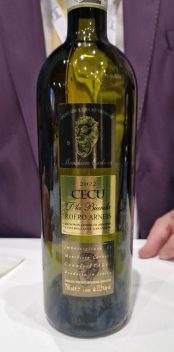
Roero Arneis Cecu d'la Biunda ‘22 - Monchiero Carbone
Modern and territorial. Since 2004, this selection has aimed to enhance the potential and characteristics of the Arneis grape. The grapes come from two individual vineyards rooted in sandy and calcareous soils, identifying the Tanone cru in the municipality of Vezza d’Alba and the Renesio Incisa cru in Canale. A white wine that exhibits complexity and finesse from the nose, with hints of fresh citrus and chalky sensations. The palate is balanced, well-structured, with evident salinity pushing the sip into a long and flavorful finish.
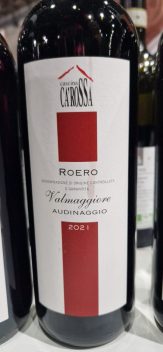
Roero Valmaggiore V. Audinaggio ’21 – Cascina Ca’Rossa
Changing the grape variety but staying within the Roero denomination. Nebbiolo grapes from the Additional Geographical Mention Valmaggiore vineyard grow on sandy soil, giving the wine fresh and elegant aromas. Violet, pepper, and Mediterranean scrub on the nose, while the palate outlines a delicate yet progressive profile, supported by fine and well-integrated tannins. The finish is juicy and tense, with a return of sensations of fleshy red fruits.
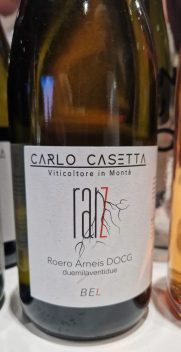
Roero Arneis Bel ’22 - Carlo Casetta
Carlo's company is located in Montà, the northernmost part of the Roero production area. Bel is his personal interpretation of the Arneis grape in a limited number of bottles—only 3500 in total. The grapes are vinified and aged in steel, with repeated batonnage for 3-4 months. The result is a white wine with the aroma of fresh fruit, ranging from cedar to passion fruit, enriched with hints of aromatic herbs and broom. On the palate, pronounced minerality stands out, detached from a background freshness that provides length and progression to the sip.
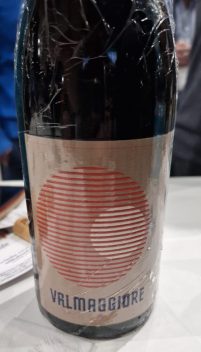
Roero V. Valmaggiore Ris. ‘18 – Valfaccenda
Behind the labels are two young faces: Carolina Roggero and Luca Faccenda. Since 2010, they have carved out a space in the Roero scene, but let's let one of their wines speak. Dark, elegant, the '18 reserve boasts intense fruity and Mediterranean scrub aromas, combining sensations of sweet tobacco. The palate is fleshy, powerful, rich, culminating in a long, flavorful finish. Two years in barrel and one in the bottle. Authentic.
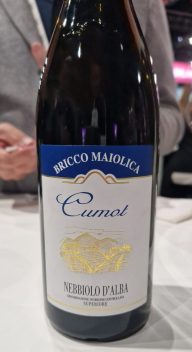
Nebbiolo d’Alba Superiore Cumot. ’20 – Bricco Maiolica
Two hectares of vineyards allowing for just 8000 bottles to be labeled. Cumot is a small production made from Nebbiolo grapes grown with southeast exposure at about 350 meters above sea level. Faceted and intense, with hints of black and red fruits, enriched with spicy notes ranging from licorice to sweet tobacco. It envelops the palate, showing great balance and character. The finish is long and savory.
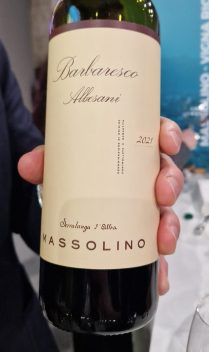
Barbaresco Albesani '21 – Massolino
Nebbiolo grapes from the vineyard located in the Additional Geographical Mention Albesani give life to a wine with an articulate profile of clear fruit over a background of spices and sweet tobacco. The palate is centered, flavorful with a freshness that gives impetus and progression to the sip. A beautiful expression of one of Barbaresco's crus that encapsulates all the charm of the Neive territory in the bottle.
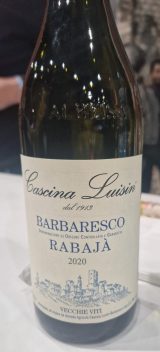
Barbaresco Rabajà V. V. ’20 - Cascina Luisin
Among the tastings, the Rabajà stands out. A Barbaresco with a classic style, but of great character and pleasantness, whose grapes come from over forty-year-old vines cultivated at 310 meters above sea level. Fragrant, with intense notes of ripe red fruit and tobacco. Rich, harmonious, and highly enjoyable on the palate. A slow and well-extended sip. The long finish suggests further evolution in the cellar.
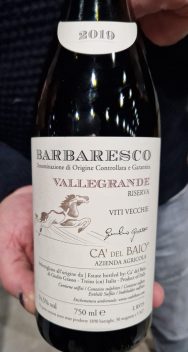
Barbaresco Vallegrande V. V. Ris.’19 – Ca’del Baio
Austere, powerful... what character! From the winery's oldest vineyards comes an excellent Barbaresco that offers ripe fruit and delicate spiciness on the nose. Fleshy with a dense tannic matrix. On the palate, it is deep and structured, with a slow and progressive progression that ends in a finish returning to the spices. Patiently wait for at least 6 or 7 years.
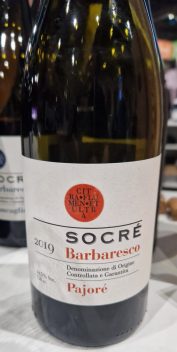
Barbaresco Pajoré ’20 – Socrè
A beautiful, clear nose with notes of undergrowth. The Pajoré ’20 has a decisive drink, characterized by a beautiful salinity. Vibrant and harmonious. The Barbaresco Pajoré ‘19 is of great refinement, with a clear nose of undergrowth and fine herbs, a slender and decisive sip marked by a beautiful salinity, dynamic, harmonious, and vibrant, with delicate and progressive tannins.
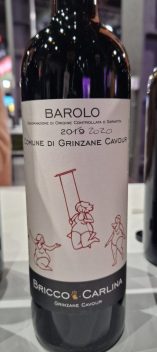
Barolo Comune di Grinzane ‘20 – Bricco Carlina
A young cellar in Grinzane Cavour that began its journey about ten years ago, managed by siblings Camilla and Francesco Scavino. The Barolo of the Municipality of Grinzane is powerful and deep, with good acidity that provides dynamism to the sip. The nose displays balsamic notes, along with red fruits and a fine spiciness. It concludes with good persistence on toasty and licorice notes.
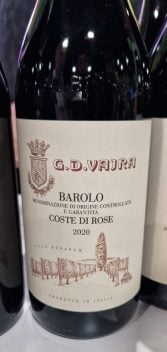
Barolo Costa di Rose ’20 – G.D. Vajra
The additional geographical mention on the label is a small area in the municipality of Barolo, located on a steep slope that descends sharply to the border of Monforte d’Alba. The latest label born in the winery is a Barolo that, on the nose, flaunts delicate and floral tones contrasting with a backdrop of fresh red fruit. In the mouth, it reveals all its youthfulness, with tight tannins and a pleasant freshness. Also noteworthy is the Langhe Freisa Kyè, velvety and rich in fruit.
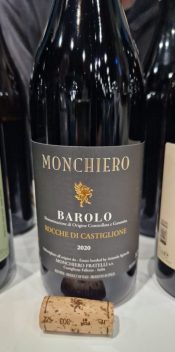
Barolo Rocche di Castiglione ’20 – F.lli Monchiero
A territorial wine with a traditional approach, following the winery's production philosophy that involves long aging in casks before bottling. The nose is characterized by aromas of red orange and violet, rose, and sweet spices. The palate is full, with a well-defined tannic matrix and a sip that lacks neither progression nor structure. Great correspondence between the mouth and nose and a beautiful, long finish.

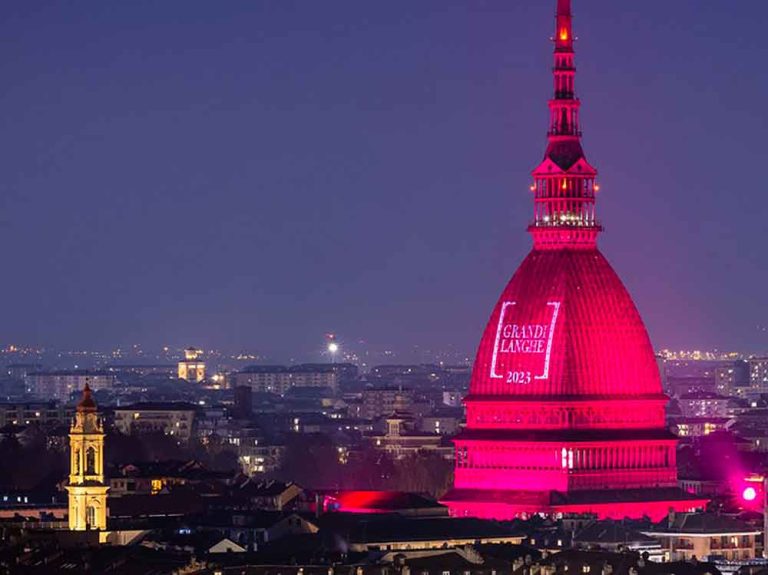
 Wine promotion, vineyard uprooting, and support for dealcoholised wines: the European Commission's historic compromise on viticulture
Wine promotion, vineyard uprooting, and support for dealcoholised wines: the European Commission's historic compromise on viticulture A small Sicilian farmer with 40 cows wins silver at the World Cheese Awards
A small Sicilian farmer with 40 cows wins silver at the World Cheese Awards Women are the best sommeliers. Here are the scientific studies
Women are the best sommeliers. Here are the scientific studies Where to eat at a farm stay in Sicily: the best addresses in the Provinces of Trapani, Palermo, and Agrigento
Where to eat at a farm stay in Sicily: the best addresses in the Provinces of Trapani, Palermo, and Agrigento Wine in cans, bottle-fermented, and alcohol free: the unstoppable change in Gen Z’s tastes
Wine in cans, bottle-fermented, and alcohol free: the unstoppable change in Gen Z’s tastes






